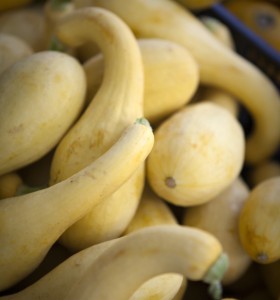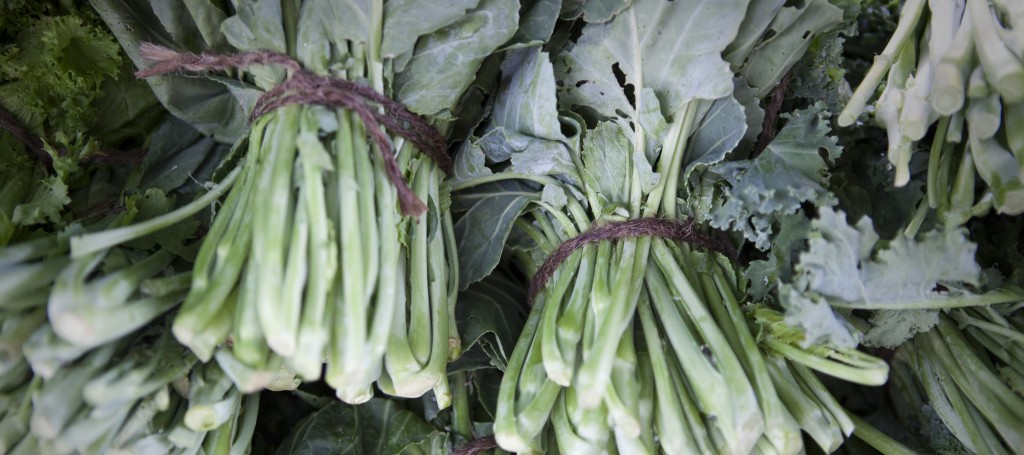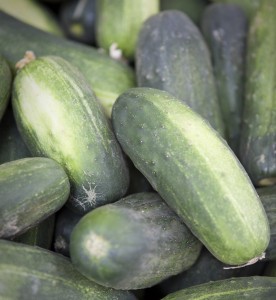Companion Planting
Posted in Gardening Tips on May 22 2012, by Sonia Uyterhoeven
 When I think of companion planting, color, creativity, combinations and good garden fun come to mind. The premise behind companion planting is that some plants give off substances in their leaves and roots that affect other plants. It is true that plants have unique and complex chemical properties that help them fend off attack from pests and diseases.
When I think of companion planting, color, creativity, combinations and good garden fun come to mind. The premise behind companion planting is that some plants give off substances in their leaves and roots that affect other plants. It is true that plants have unique and complex chemical properties that help them fend off attack from pests and diseases.
It makes sense to extrapolate that they are capable of influencing other plants that are grown in their vicinity. Some people swear by the principle of companion planting and others eschew the concept. This blog is for those who embrace it or for those who simply like beautiful vegetable gardens.
Nasturtium (Tropaeolum) is supposed to ward off squash bugs from cucumbers, squash, and melons. They also allegedly enhance the flavor of radishes. Both the flowers and foliage on nasturtiums are edible and are easy to sow anytime during the spring and early summer, particularly if you soak the seeds overnight in lukewarm water.
The above combinations set you up for a colorful salad all season long. Some of my favorite nasturtiums are the red ‘Empress of India,’ the midnight ‘Black Velvet,’ the apricot ‘Tip Top Apricot’ and the trailing ‘Indian Cress’ with its fiery color.
Herbs like to frolic with just about every vegetable except for cucumbers. Oregano (Origanum) and marjoram (Origanum) are purportedly good for just about everything. Thyme (Thymus) repels cabbage worms, summer savory (Satureja) frightens off bean beetles, and sage (Salvia) tackles carrot flies, bean beetles and cabbage butterflies.
The golden edged sage (Salvia officinalis ‘Aurea’) grows like gangbusters in our garden and ‘Berggarten’ sage has spectacular roundish silvery foliage. If you are a chef, stick with the common gray sage for the best flavor. One of my favorite garden combinations was the ‘Tri-colored’ sage mixed with borage (Borago) and calendula (Calendula).

My favorite oregano by a long shot is a variety called ‘Hot and Spicy.’ I have a penchant for colorful thymes as well. I love growing the variegated golden lemon thyme ‘Aureus’ or the creeping ‘Doone Valley.’ I am equally enchanted with the silver lemon thyme ‘Argenteus’ and common silver thyme.
If all this talk is making you hungry, you should know that root crops such as carrots and beets like to mingle with lettuce. Onions are compatible with this crowd, too. But be careful where you place your beans; while they like carrots and radishes, they don’t get along with onions and beets.
Plant your squashes and melons amongst your corn just like the American Indians used to do. The prickly leaves of some members of the Curcurbit family will deter squirrels from ravaging your corn (this is optimistic) and the corn will provide some coolness and dappled light to the melons and squash during the hot summer days.
I would be remiss if I didn’t mention marigolds (Tagetes). The foliage has a repellent quality that will keep away bean beetles, flea beetles and cabbage moths. The roots on some marigolds produce exudates that drive away harmful nematodes. Catalogs advertise the marigolds for nematodes more actively in the south where it is a problem. Some varieties such as ‘Nema-gone’ lead you to a clear choice.
 If you are looking to attract beneficial insects in your garden, try the signet marigolds (Tagetes tenuifolia) such as ‘Tangerine Gem’ or ‘Signet Paprika.’ The added bonus for the gardener is that these marigolds have a wonderfully fragrant lemon flavor rather than the usual marigold stench. If you are a traditionalist, I always find the Durango™ Series to be worth their weight in flower power, color, and form. Other marigold cultivars that I like are ‘Red Marietta,’ ‘Queen Sophia’ and ‘Fireball.’ In many respects you can’t go wrong with your choice.
If you are looking to attract beneficial insects in your garden, try the signet marigolds (Tagetes tenuifolia) such as ‘Tangerine Gem’ or ‘Signet Paprika.’ The added bonus for the gardener is that these marigolds have a wonderfully fragrant lemon flavor rather than the usual marigold stench. If you are a traditionalist, I always find the Durango™ Series to be worth their weight in flower power, color, and form. Other marigold cultivars that I like are ‘Red Marietta,’ ‘Queen Sophia’ and ‘Fireball.’ In many respects you can’t go wrong with your choice.
At the end of the day you may ask, does it really matter if basil (Basilicum) wards off the tomato horn worm? More importantly, I would say that you are two steps into preparing your healthy summer lunch. A chunk of cheese and a baguette and you are all set to enjoy a summer day.

